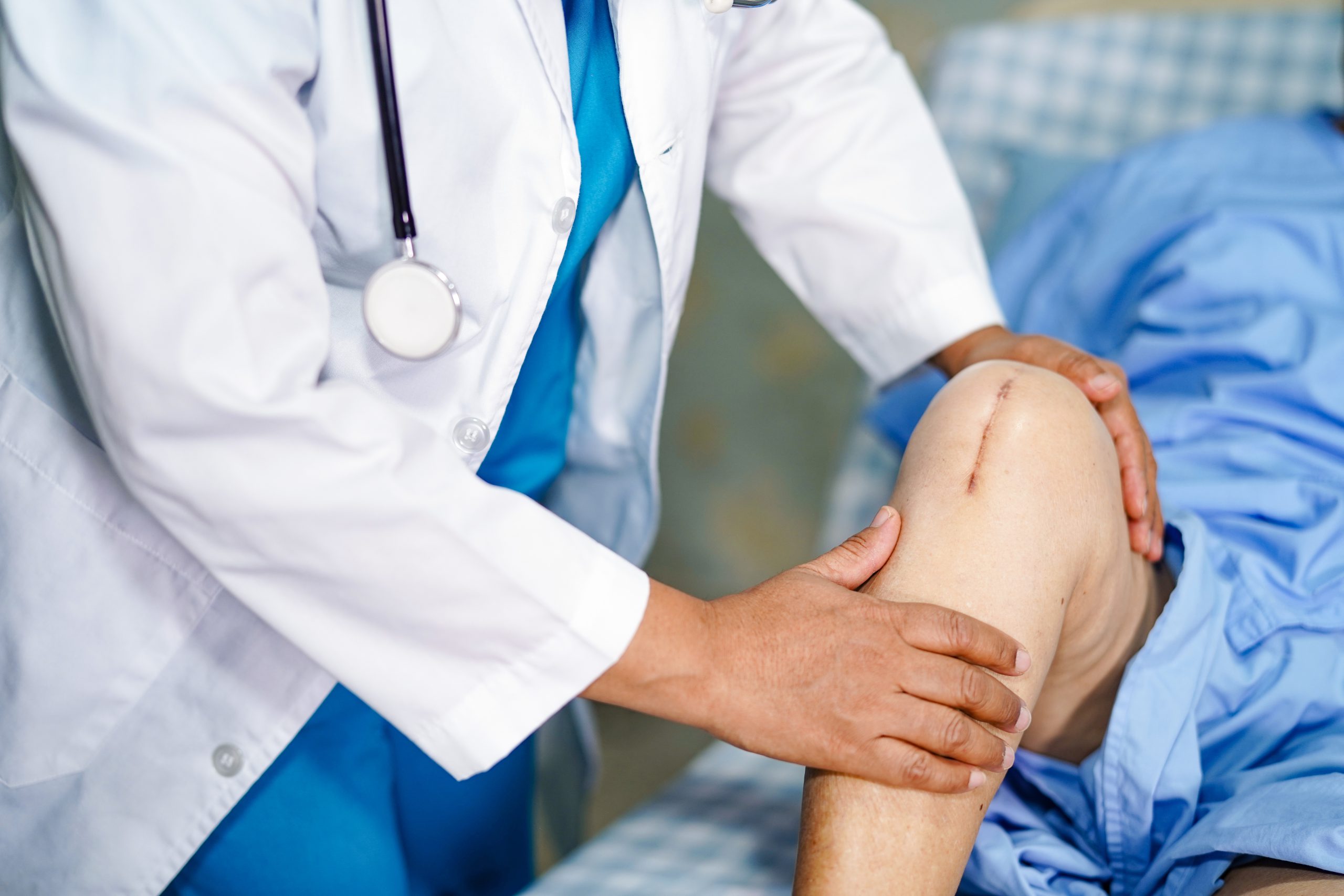What To Expect After Knee Replacement | Dr Ratnakar Explains

Care After Knee Replacement
Recovery after a knee replacement depends on many factors including overall health, age, and comorbid conditions. In general, a majority of people recover after 3 months. People who have got their knee replacements done by robotic-assisted knee replacement recover much faster in a short period of time. People recover 100%, in a majority of the cases, after 5 months following knee replacement. In a few cases, owing to different reasons, the recovery time may be longer. It may take up to 6 months for them to recover completely.
Recovery following a knee replacement may be longer in people with comorbid conditions with other medical conditions. Older people, individuals with other conditions and bone diseases, and smokers may take longer time to recover. However, people who were active with the involvement in muscle and joint strengthening exercises during their preparation for the surgery also recover faster following knee replacement.
3 months after the total knee replacement
After completing three months following knee surgery, a majority of the people can walk comfortably, play games, drive motorcycle, use bicycle and even dance. They can also move their knee joints with a wide range of motions. They can easily do normal activities; routine work and recreational activities with ease without feeling any pain at all. Complete recovery after a knee replacement mostly depends on lifestyle, rehabilitation, and individual commitment.
What not to do after knee replacement?
People should become careful as far as going to bathrooms and using restrooms and toilets are concerned. They should ensure that the bathroom surface is not slippery – rather, it is rough, dry, and hard. It is difficult to safely get up after taking bath when the bathroom floor is smooth and slippery. Even if you are sitting on rough surfaces, do not try to reach out to anything by squatting or bending while taking bath.
You should not lift heavy items or objects or any other stuff which is heavy. For instance, large pets, heavy toolboxes, laundry items, and grocery bags. This will put excess pressure on your knees.
What to wear after knee replacement surgery?
Don’t wear footwear with slippery soles or smooth soles and also avoid wearing flip-flops. While moving in unknown areas or places, walk slowly and steadily taking precautions. Don’t move on slippery, smooth, and wet surfaces. Use comfortable footwear with non-skid soles. Select footwear – especially shoes that provide additional friction on surfaces that offer less friction.
Equipment needed after knee replacement
Use assistive devices such as walkers, crutches, and canes as long as your Orthopedic doctor recommends their usage. It is better to use a walker or crutches that help you to stand up when you stand up on both legs.
Driving – ask your knee replacement surgeon regarding driving. You may need to wait for at least 6 to 7 weeks before resuming driving. In general, ask your doctor when can you start driving.
Sleep position after knee replacement?
Bending knees while sleeping is not recommended. Therefore, never bend your knees while you sleep, take a rest, or lie down. Don’t bend your knees and take a pillow under them to provide support while sleeping or taking rest. Don’t bend your knee when you want to raise your leg. It is better to keep your knee straight if you want to elevate your leg. If you still have more questions regarding care after knee replacement, then meet Dr. Ratnakar Rao for a comprehensive discussion.
